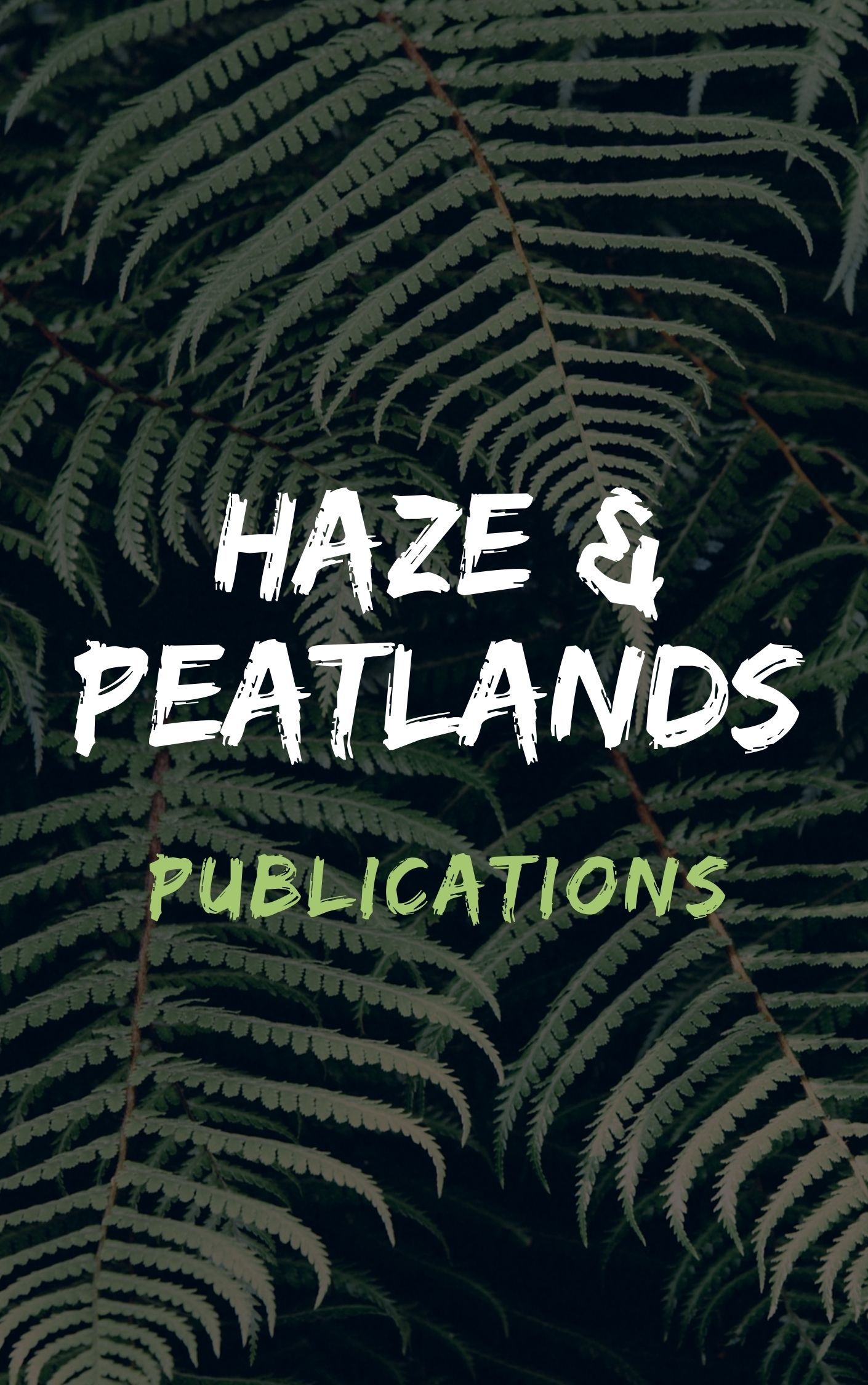Background: In certain regions in Southeast Asia, where malaria is reduced to forested regions populated by ethnic minorities dependent on slash-and-burn agriculture, malaria vector populations have developed a propensity to feed early and outdoors, limiting the effectiveness of long-lasting insecticide-treated nets (LLIN) and indoor residual spraying (IRS). The interplay between heterogeneous human, as well as mosquito behaviour, radically challenges malaria control in such residual transmission contexts. This study examines human behavioural patterns in relation to the vector behaviour. Methods: The anthropological research used a sequential mixed-methods study design in which quantitative survey research methods were used to complement findings from qualitative ethnographic research. The qualitative research existed of in-depth interviews and participant observation. For the entomological research, indoor and outdoor human landing collections were performed. All research was conducted in selected villages in Ratanakiri province, Cambodia. Results: Variability in human behaviour resulted in variable exposure to outdoor and early biting vectors: (i) indigenous people were found to commute between farms in the forest, where malaria exposure is higher, and village homes; (ii) the indoor/outdoor biting distinction was less clear in forest housing often completely or partly open to the outside; (iii) reported sleeping times varied according to the context of economic activities, impacting on the proportion of infections that could be accounted for by early or nighttime biting; (iv) protection by LLINs may not be as high as self-reported survey data indicate, as observations showed around 40% (non-treated) market net use while (v) unprotected evening resting and deep forest activities impacted further on the suboptimal use of LLINs. Conclusions: The heterogeneity of human behaviour and the variation of vector densities and biting behaviours may lead to a considerable proportion of exposure occurring during times that people are assumed to be protected by the distributed LLINs. Additional efforts in improving LLIN use during times when people are resting in the evening and during the night might still have an impact on further reducing malaria transmission in Cambodia.
View source

